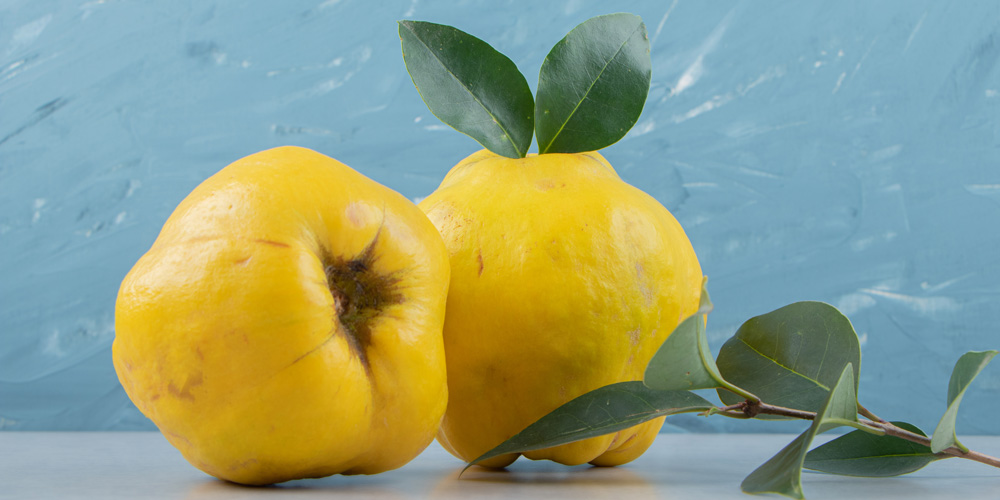Quince holds a special place in Iranian culture and cuisine. This unique fruit, which resembles a pear but has a tough texture and a fragrant aroma, is typically harvested in late autumn. Its bright yellow skin and aromatic qualities make it a favorite among many Iranians, contributing to its longstanding cultural significance.
In Iranian households, quince is often used in a variety of dishes. One of the most popular preparations is "Beh Riza," a savory dish where quince is stewed with chicken or lamb, flavored with spices and sometimes combined with nuts. The quince's natural tartness enhances the richness of the meat, resulting in a deliciously balanced meal. Additionally, quince is often used to make jams and beverages, allowing people to enjoy its delicate flavor long after the harvest season.

In traditional medicine, quince is valued for its health benefits. It is rich in vitamins, antioxidants, and dietary fiber, making it a nutritious addition to any diet. Iranians believe that quince can aid digestion and soothe the stomach, linking the fruit to various folkloric remedies.

